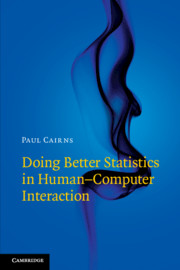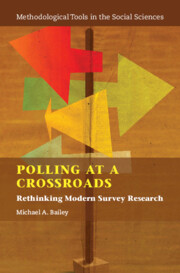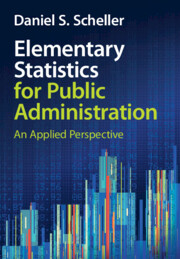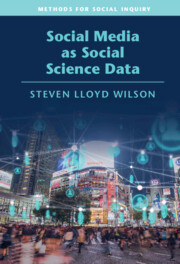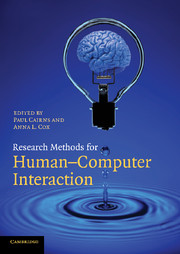Doing Better Statistics in Human-Computer Interaction
Each chapter of this book covers specific topics in statistical analysis, such as robust alternatives to t-tests or how to develop a questionnaire. They also address particular questions on these topics, which are commonly asked by human-computer interaction (HCI) researchers when planning or completing the analysis of their data. The book presents the current best practice in statistics, drawing on the state-of-the-art literature that is rarely presented in HCI. This is achieved by providing strong arguments that support good statistical analysis without relying on mathematical explanations. It additionally offers some philosophical underpinnings for statistics, so that readers can see how statistics fit with experimental design and the fundamental goal of discovering new HCI knowledge.
- Readers do not have to struggle with mathematics in order to understand the arguments around how to do better statistics
- Provides the underpinning philosophy of statistics in science
- Allows readers to quickly find the answers they seek within the concise chapters
Reviews & endorsements
'If you, and your experiments, have been bruised by statistical misfortune, then this is the book for you. Paul Cairns' wise and pragmatic advice talks us through the practical use of statistics in Human-Computer Interaction, showing his own bruises when necessary. This should become the standard reference that the field needs.' Alan Blackwell, University of Cambridge
'In Human-Computer Interaction, we gather data from experiment designs that are often more complex or messy than those presented as examples in a basic textbook on statistics. Cairns presents digestible information for an interdisciplinary audience with expertise and authority. I will be buying a copy of this book for my students, and also one for myself!' Regan Mandryk, University of Saskatchewan, Canada
'This is a must-read for novice or well-established researchers alike, who are worried about whether they are conducting the correct statistical analyses of their data. Paul Cairns makes learning about statistics seem both fun and interesting. I'm confident that this book will positively impact the quality of future Human-Computer Interaction research.' Anna L. Cox, University College London Interaction Centre
Product details
March 2019Paperback
9781108710596
250 pages
227 × 151 × 13 mm
0.36kg
29 b/w illus. 7 tables
Available
Table of Contents
- Getting started
- Part I. Why We Use Statistics:
- 1. How statistics support science
- 2. Testing the null
- 3. Constraining Bayes
- 4. Effects: what tests test
- Part II. How To Use Statistics:
- 5. Planning your statistical analysis
- 6. A cautionary tail: why you should not do a one-tailed test
- 7. Is this normal?
- 8. Sorting out outliers
- 9. Power and two types of error
- 10. Using nonparametric tests
- 11. A robust t-test
- 12. The ANOVA family and friends
- 13. Exploring, over-testing and fishing
- 14. When is a correlation not a correlation?
- 15. What makes a good Likert item?
- 16. The meaning of factors
- 17. Unreliable reliability: the problem of Cronbach's alpha
- 18. Tests for questionnaires.

